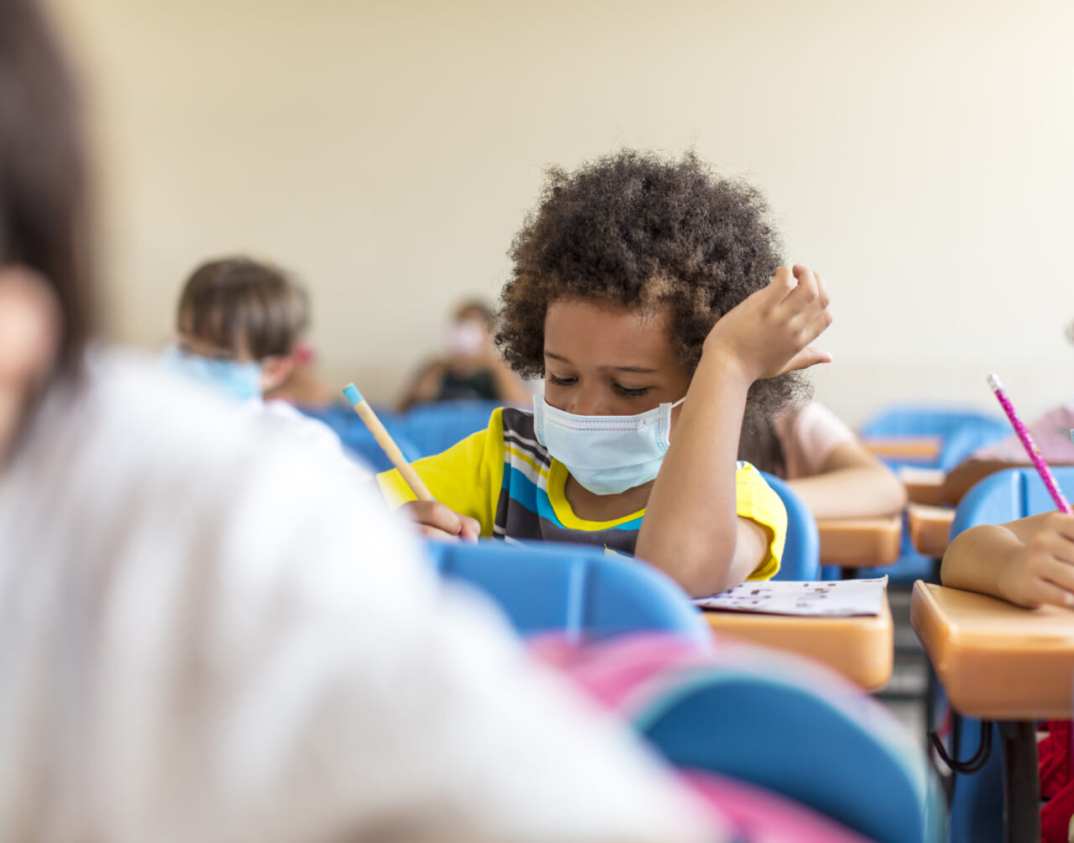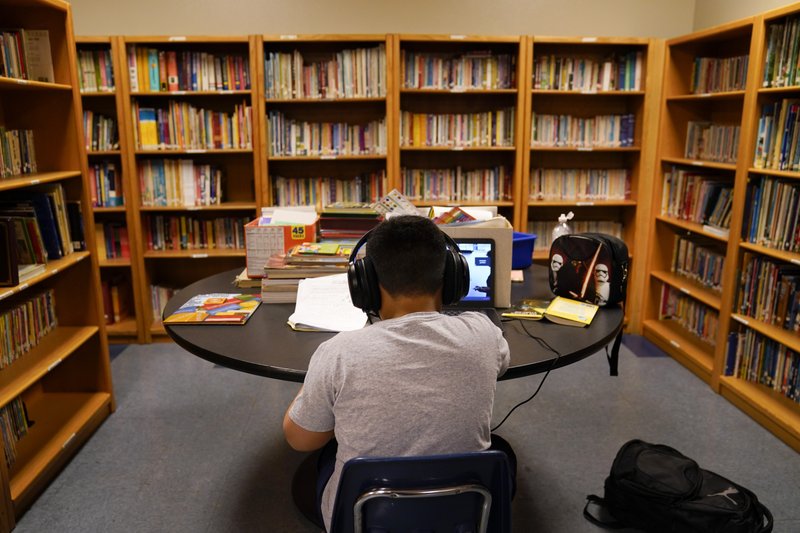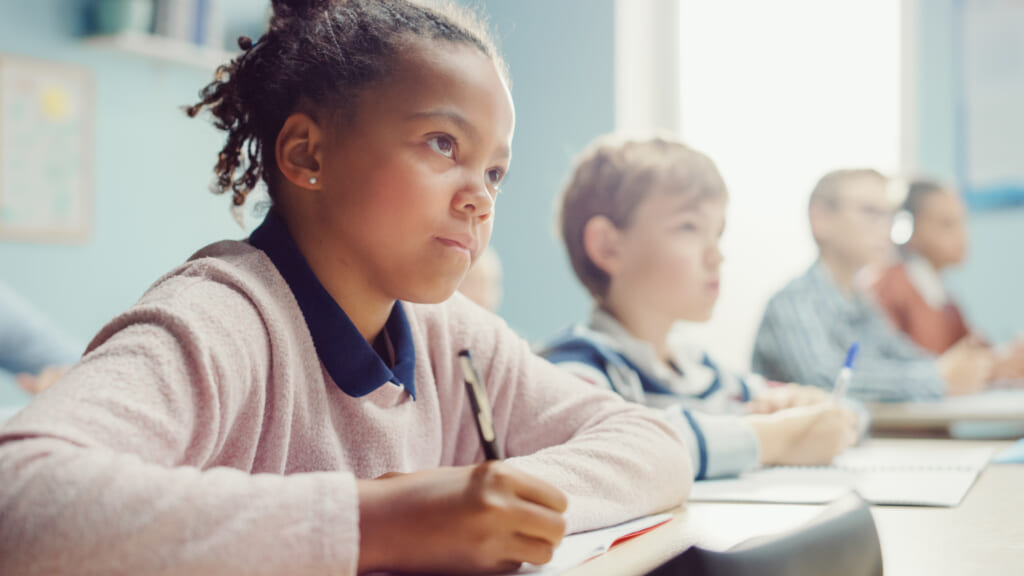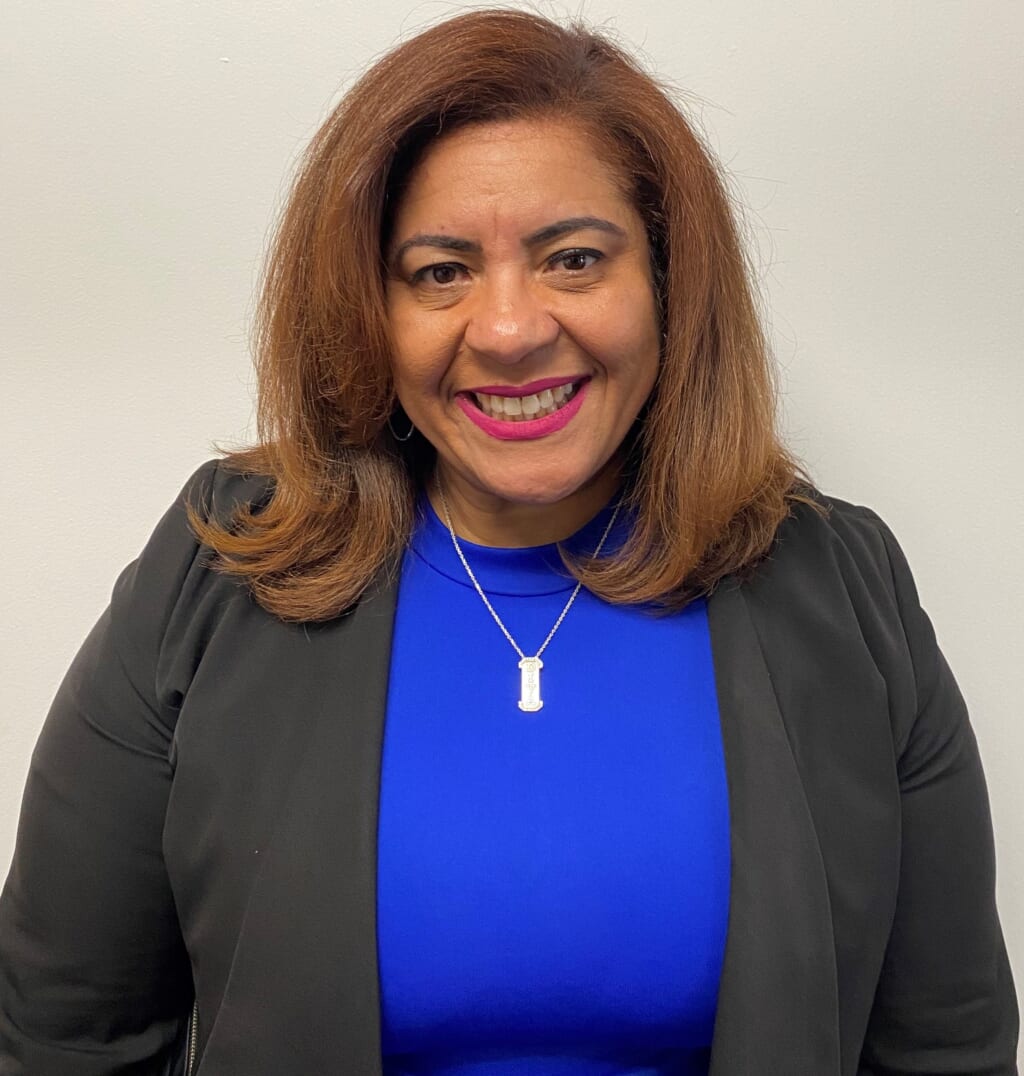Racial justice public schools should be our new normal
OPINON: As we turn the page on this pandemic, the Black community must fight to ensure that federal, state and local investments end up in our students' classrooms

Classrooms look different these days. Some are in person. Some are virtual. Some are hybrid. All in all, this is a new normal.
Our neighborhood public schools should be well-resourced places that are rich with well-equipped educators, manageable class sizes, and wraparound services to meet our students’ emotional, social and health needs. They should also be modernized structures that ensure safety and science are the standard, not a luxury.
Regrettably,as most of us already know, all public schools are not made equally. While some have operated seamlessly during this pandemic, others have tremendously struggled.
In this new chapter of public education, we have an opportunity to get things right and actually work together to ensure that all our students—no matter their color, creed, or ZIP code— attend equitable neighborhood public schools. This new normal must be racially just and include investments that provide our students access to art, music, dance and drama as part of their daily learning.
Read More: Noname’s Book Club facility set to provide political education classes, food drives for community

In Los Angeles, where I serve as president of United Teachers Los Angeles, educators, parents, students and community members worked together throughout this pandemic to ensure that we based our physical school reopening on science and safety. We fought tirelessly so that all educators and school-related personnel were fully vaccinated before returning to the school building.
We also saw to it that proper PPE will be distributed to all those who enter the school building, that stringent social distancing protocols are maintained and that our return be based on COVID-19 spread in the community, and not just the school building.
These hard-fought measures were put in place, not to delay reopening or to make educators out as difficult, but to ensure that we actually eradicate COVID-19 in the communities hit the hardest—those of Black, brown and working families.
Our new normal should require us to look beyond the individual and keep in mind the trials of the collective that our students are now forced to confront.
While some families have been able to tackle this pandemic while working remotely, other parents and guardians have had to hug their babies each day before braving the front lines. Whether working on location or remotely, all parents had to trust that their children would stay engaged, focused, and committed to learning during these unprecedented times.
As an educator and single mother of a 4th grader, I have spent the past year with my son at home, in virtual classrooms, where we often worked through our struggles and discovered new ways of being present each day with each other.
Some families aren’t as fortunate. It goes without saying however that underserved communities and communities of color have bore the brunt of this pandemic. Our community has suffered a disproportionate number of infections, far too many deaths, and irreversible economic despair, all while Black and brown students have faced the greatest educational challenges.

Read More: With new aid, schools seek solutions to problems new and old
The fault lines of public education in America have been and continue to concern race. It is time for that to change. As we turn the page on this pandemic and begin to chart a new course, we in the Black community must fight to ensure that federal, state and local investments end up in our students’ classrooms.
Here is what I mean when I say that.
Less than a month ago, President Joe Biden signed into law the American Rescue Plan, guaranteeing almost $125 billion for K-12 public education. These funds are to be utilized to prepare schools for physical reopening, improve air quality in school buildings, acquire education technology, provide mental health support and address underserved students’ interrupted learning.
Our neighborhoods— whether they are in South L.A., Bronx, NY, or Bronzeville, IL —are in need of meaningful and well-deserved investments. Our students enter school buildings that are in deplorable conditions and in need of meaningful repair. Our neighborhoods and surrounding communities lack access to broadband internet. Oftentimes, our classrooms lack full-time counselors, librarians, school nurses, and other critical supports for our students.
Despite all these challenges, our students and their families have been showing up and putting in an incredible amount of effort to learn during these unprecedented times
In this new chapter, there is no time to lower our defenses or sit on the sidelines. As Black parents, we have a moral obligation to stay in the fight to ensure that our students and their public schools get the necessary resources they are owed to thrive and grow.

Cecily Myart-Cruz is a teacher, activist and the United Teachers Los Angeles President, the first Black woman to serve in the role. Cecily has taught for 26 years, at both elementary and middle school levels, most recently at Angeles Mesa Elementary. As a UTLA Area leader, she has worked with schools, parents, students and the community to oust 23 “bully principals”. Cecily has collaborated with school communities in initiating the year-long boycott of district periodic assessments in protest of excessive testing of our students. She is no stranger in taking direct action, whether it is fighting against co-locations, demanding Ethnic Studies for our students, declaring the end of the criminalization of youth, local and statewide lobbying efforts and much more.
Have you subscribed to theGrio’s new podcast “Dear Culture”? Download our newest episodes now!
TheGrio is now on Apple TV, Amazon Fire, and Roku. Download theGrio today!
